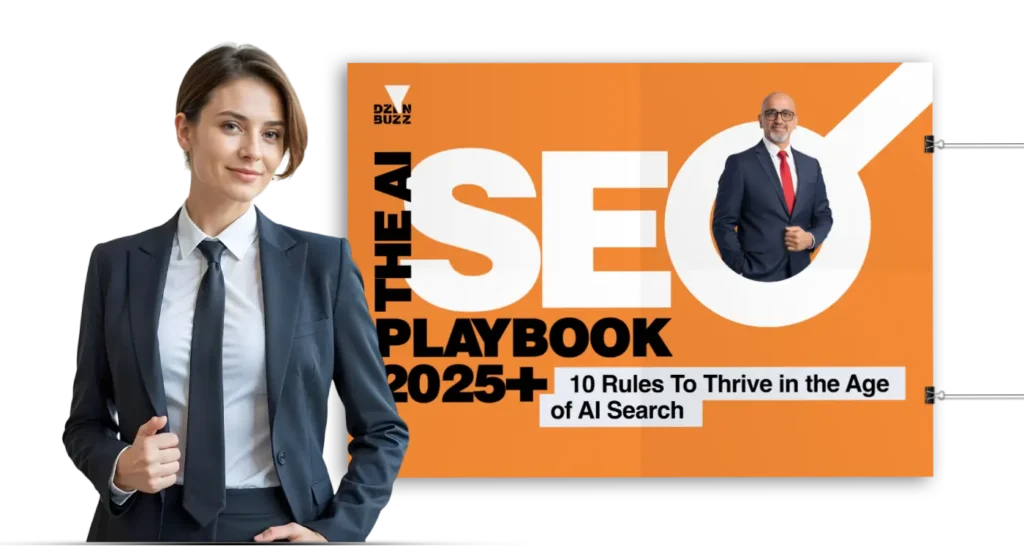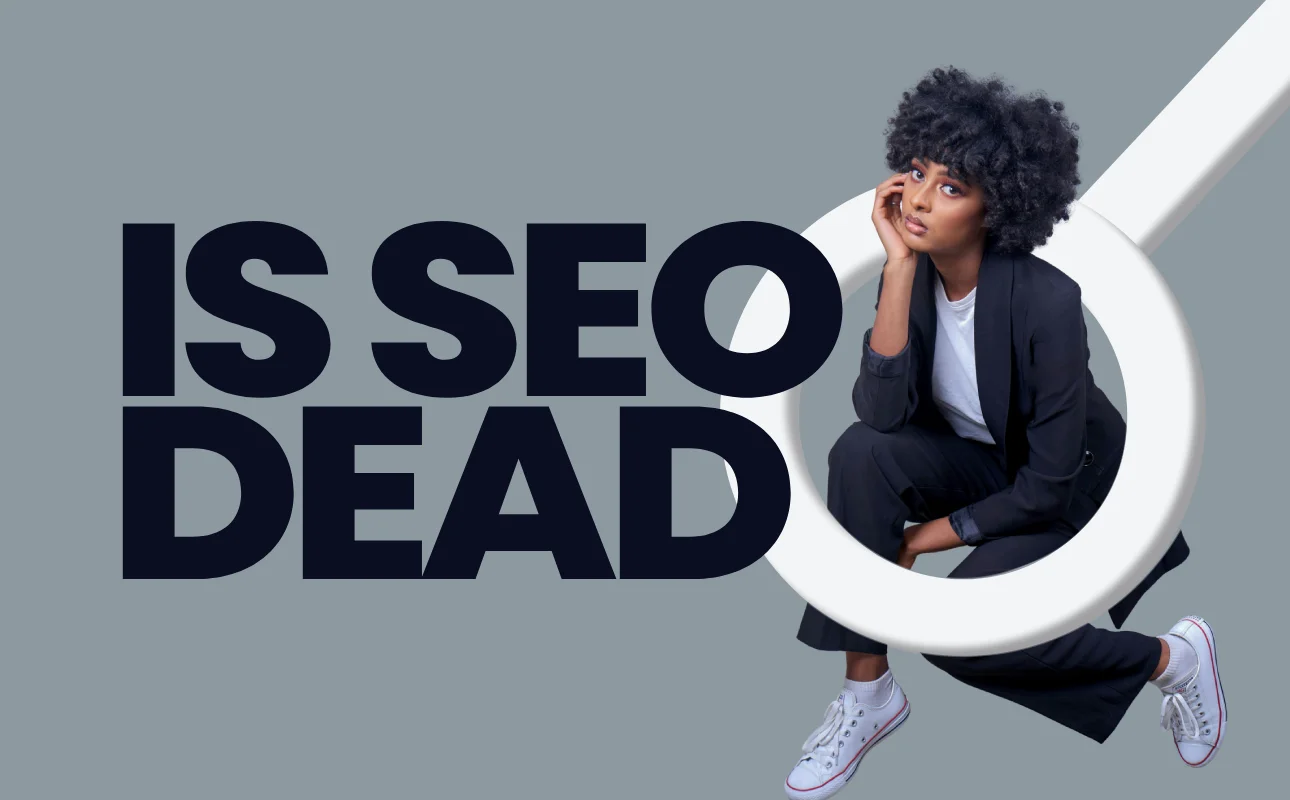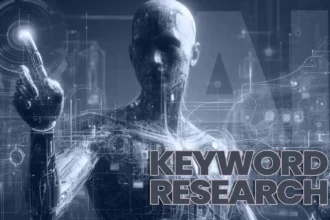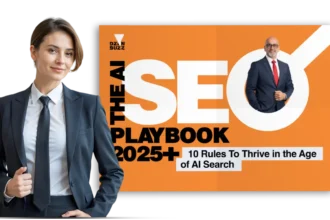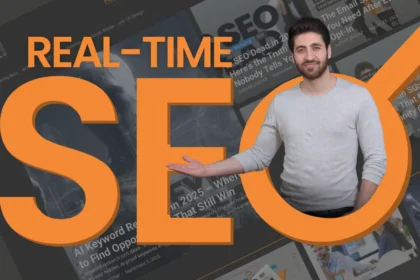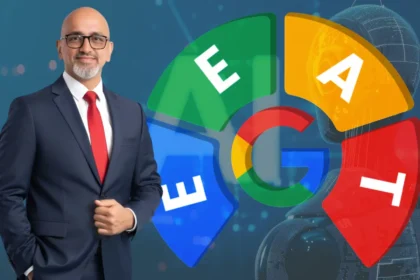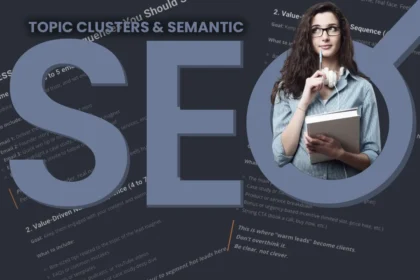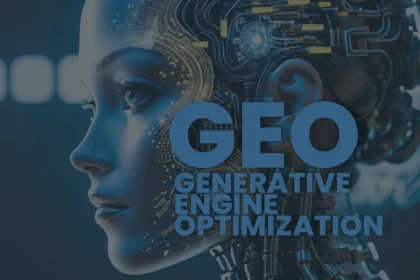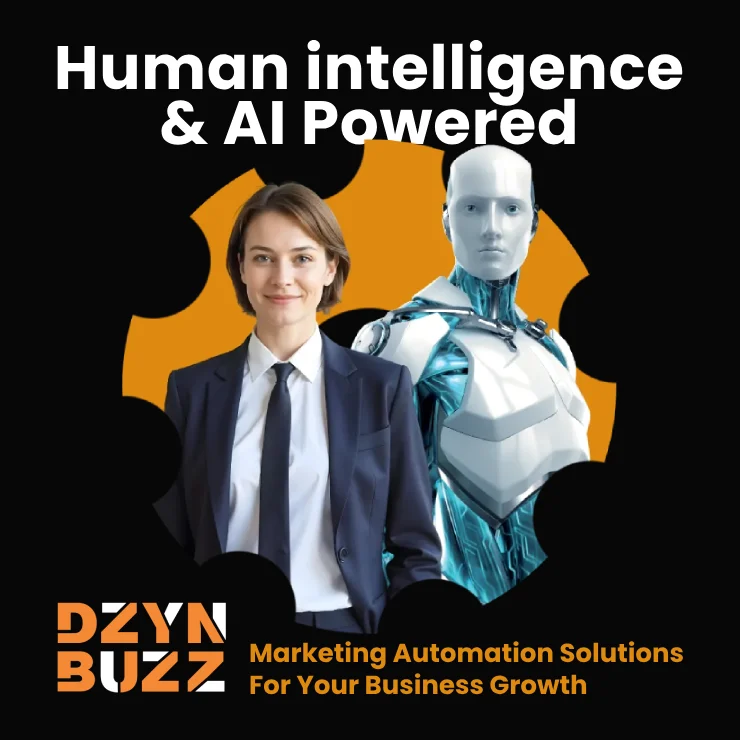Every year, someone declares SEO dead. And every year, smart businesses quietly use it to drive millions of visits and sales. If your blogs aren’t ranking, it’s not because SEO is useless but it’s because you’re still using an outdated playbook.
In 2025, SEO has changed more than ever. With AI-driven search, answer engines, and shifting user behavior, the old “find a keyword, stuff it in, and wait to rank” approach no longer works. This post will break down why SEO in 2025 isn’t dead, but smarter and reveal the rules you need to thrive.
The SEO Myth: Why People Think It’s Dead
Let’s be honest: it does feel like SEO is harder than ever
- AI Overviews (Google SGE) now answer questions directly, reducing clicks.
- ChatGPT, Perplexity, and Bing Copilot serve up summaries instead of search results.
- The internet is flooded with spammy AI blogs, making users (and Google) more skeptical than ever.
If you’ve felt invisible on Google despite publishing content, you’re not alone. But here’s the key: SEO still works but it just looks very different now.
The New Reality of SEO in 2025 and Beyond
Search Engine Optimization in 2025 is no longer about stuffing keywords, buying backlinks, or publishing 500-word articles. Google is smarter, users are pickier, and the competition is tougher.
Here’s the shift: SEO is not dead, it’s transformed.
- Search intent beats keyword volume. People type (or speak) queries as natural questions.
- E-E-A-T (Experience, Expertise, Authority, Trust) is no longer optional — it’s survival.
- People-first content wins over thin, AI-spun articles.
Think of it this way: SEO in 2025 isn’t about “tricking Google.” It’s about building trust, solving problems, and positioning your brand as the go-to authority.
In short: SEO in 2025 is about authority, relevance, and discoverability across multiple surfaces.
7 New Rules of SEO in 2025 and Beyond
If you want to win visibility, follow these rules:
1. Write for Humans First, Search Engines Second.
Forget robotic content. Your blog should sound like you’re speaking to a real person. Google’s algorithms are designed to detect whether users stay, engage, and find value. If people stay, read, and share → you rank
Rule: Make your content engaging, conversational, and useful.
2. Target Long-Tail, Niche-Specific Keywords
Ranking for “SEO” is nearly impossible. But ranking for “SEO strategies for small businesses in India 2025” is achievable and far more profitable. AI overviews pull from precise, contextual queries.
Rule: Use tools like Google Keyword Planner, Ahrefs, or SEMrush to find long-tail keywords with intent.
3. Showcase Real Expertise
Google doesn’t trust faceless blogs. Add author bios, credentials, case studies, and references to show authority.
Rule: Share personal experiences, industry data, or lessons learned.
4. Build Topical Authority with Content Clusters.
One pillar blog + multiple supporting blogs (HubSpot used this to dominate “inbound marketing”).
Example:
- Pillar: The SEO Series
- Supporting: The Future of SEO in 2025: How AI Is Changing Search Forever
5. Faster Websites Rank Higher
Core Web Vitals (loading speed, responsiveness, stability) directly impact visibility.
Rule: Check your site with PageSpeed Insights. Compress images, use caching, and ensure mobile responsiveness.
6. Quality Backlinks Still Matter.
One strong link from a trusted site > 100 weak ones.
Rule: Focus on guest posting, digital PR, LinkedIn networking, and collaborations.
7. Diversify Your Traffic Sources
Pair SEO with social, newsletters, and partnerships and don’t just rely on Google alone.
Rule: Think of SEO as one channel in your marketing ecosystem.
Case Study: HubSpot’s Content Clusters
A perfect example of “SEO in 2025 done right” is HubSpot. Instead of chasing high-volume keywords like “marketing tips”, HubSpot built content clusters:
- A pillar page (Inbound Marketing)
- 10+ supporting blogs (covering lead nurturing, email automation, funnel tracking, etc.)
This “hub + spoke” model signaled authority to Google.
The result? HubSpot ranks #1 for some of the most competitive marketing terms, driving consistent traffic and leads.
That’s not dead SEO… that’s evolved SEO..
“The difference between visibility and invisibility in 2025 comes down to trust and intent.”
Action Plan: How You Can Win in 2025 and Beyond
Want to future-proof your SEO in 2025? Start here:
- Audit your website: Check speed, content quality, backlinks.
- Find intent-driven topics: Use tools (Ahrefs, Surfer, or even AI prompts) to discover long-tail queries.
- Build clusters: Start with one pillar post + 3–5 supporting posts.
- Promote content: Share on LinkedIn, email, and communities.
- Track + optimize: Refresh every 3–6 months with new stats, examples, and insights.
Conclusion: SEO Isn’t Dead
The truth is simple: SEO isn’t dead in 2025 but it has evolved with time and turned smarter.
If you’re still stuck in old tactics, you’ll struggle. But if you adapt to these new rules, focusing on E-E-A-T, long-tail keywords, user-first content, and authority building then you’ll not only survive but thrive.
So next time someone says “SEO is dead,” just smile because you’ll know they’re just following outdated advice while you’re playing the real game.
Or, skip the guesswork, let DzynBuzz run a Free AI SEO Audit and show you exactly where your site stands.
